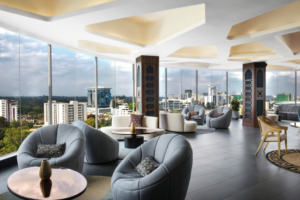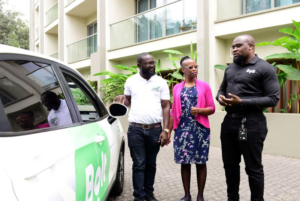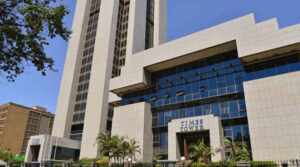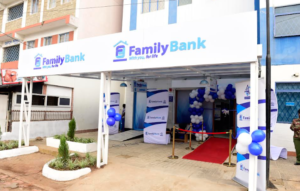Safety Tips For Handling Liquefied Petroleum Gas

By Paul Gachichi
In many households in the urban areas, cooking is done with what we commonly refer to as ‘gas’. This gas is packaged in a cylinder and is connected to a burner with a hose and clamp.
Recently, we have witnessed motor vehicles also fitted with cylinders, and these too are using ‘gas’ as an alternative to petrol and diesel. This ‘gas’ is called Liquified Petroleum Gas (LPG). When it comes to household usage, LPG is very useful and clean. When ready to cook, all you need is to turn on a knob. It is faster, cost-effective, and environmentally safer compared to other modes such as using firewood. While LPG is safe, it is a highly flammable gas that can lead to fatal consequences if not handled correctly.
Here are a few simple tips to ensure safety when handling LPG:
Ensure you purchase LPG from a licensed distributor.
The Energy and Petroleum Regulatory Authority (EPRA) requires that all LPG distributors are licenced. This ensures that they sell correctly packaged LPG and that they maintain the required safety checks and standards. Before you purchase from a distributor, ensure to check the validity of their licence by scanning the QR code on it to verify its authenticity.
When making a purchase, ensure that you are issued with a valid receipt indicating the serial number of the filled cylinder. The serial number can be traced to the specific facility where the cylinder was filled. It is also important to verify that the seals on your cylinder are intact and that you read and carefully follow the safety instructions on the cylinder’s label. This will ensure your safety and that you use safe and good quality products.
Ensure your gas cylinder is correctly fitted.
Gas cylinders should be airtight and should not have any holes or leakages. LPG produces a pungent smell which upon contact with the air can easily be detected. When this happens, turn off the cylinder and open all doors and windows to increase the air flow. As you purchase LPG for cooking, ensure that the cylinder it is packaged in does not have any defects and is in good condition and that the “O” ring fitted on the valve is intact. Also ensure that the hose fitting connecting your cylinder regulator to the cooker is done properly and intact.
Put off all open flames in the event of gas leakage.
Liquified petroleum gas contains a flammable mixture of hydrocarbon gases. The gas ignites quickly when exposed to open flames. Additionally, the nature of the gas stored under a pressurized container carries the risk of explosion as the cylinder may suffer a boiling liquid expanding vapor explosion (BLEVE) which is often seen as a fireball. It is important to ensure that all flames are turned off including lit cigarettes in the case of gas leakage. The gas can be easily detected through its smell allowing for quick action.
It is important to ensure safety when handling LPG. Do not ignore any defects in the cylinder and regularly check your vehicle when using it as a source of fuel. LPG ignites quickly and leaves little room to stop the fire. As the saying goes, better safe than sorry. We should practice and put in place safety precautions to ensure our safety and to only reap the benefits from the use of LPG.
Paul Gachichi is the LPG Business Manager at OLA Energy Kenya.







